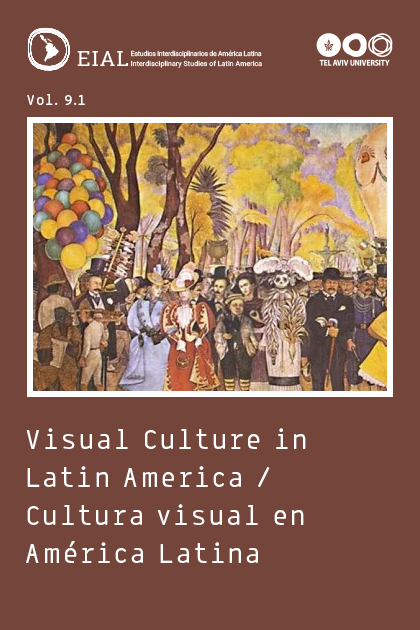Abstract
Cultural discourse in Latin America and the Caribbean has been fecund in neologistic aesthetics, both literary and cinematic: "lo real maravilloso americano" (Carpentier), the "aesthetics of hunger" (Glauber Rocha), "Cine imperfecto" (Julio García Espinosa), "the creative incapacity for copying" (Paulo Emilio Salles Gomes), the "aesthetics of garbage", (Rogerio Sganzerla), the "salamander" (as opposed to the Hollywood dinosaur) aesthetic (Paul Leduc), "termite terrorism" (Gilhermo del Toro), "anthropophagy" (the Brazilian Modernists), "Tropicalia" (Gilberto Gil and Caetano Veloso), "rasquachismo" (Tomás-Ibarra Frausto), and santería aesthetics (Arturo Lindsay). Most of these alternative aesthetics revalorize, by inversion, what had formerly been seen as negative, especially within colonialist discourse. Thus ritual cannibalism, for centuries the very name of the savage, abject other, becomes with the Brazilian modernistas an anti-colonialist trope and a term of value. (Even "magic realism" inverts the colonial view of magic as irrational superstition.) At the same time, these aesthetics share the jujitsu trait of turning strategic weakness into tactical strength. By appropriating an existing discourse for their own ends, they deploy the force of the dominant against domination.Downloads
Download data is not yet available.

